Best of the decade: Our favourite mobile innovations from the past 10 years
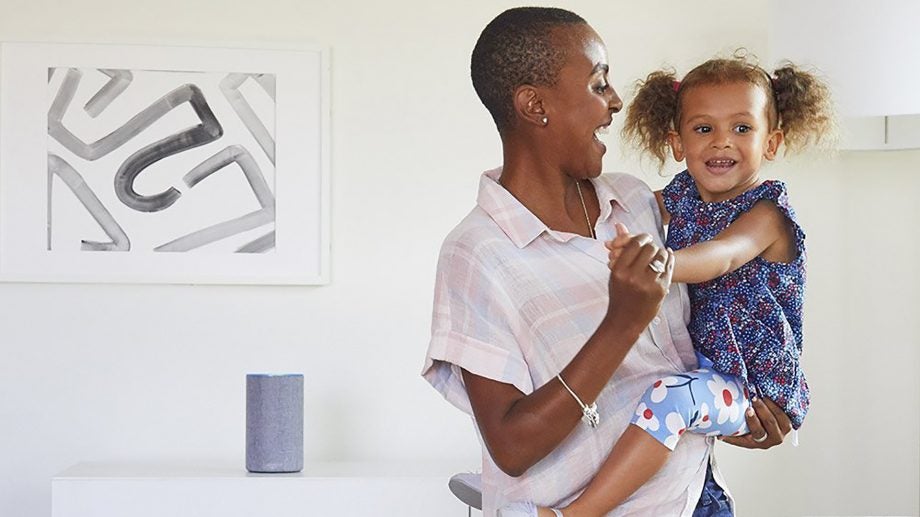
Decades go by in a flash, with the past 10 years seeing a boom in mobile technology.
The introduction of the iPhone in the previous decade saw the smartphone landscape change forever, but more than just the device itself, it’s what that product helped to create that has continued to grow since 2010.
From devices to mobile networks to apps that do things we couldn’t have conceived a decade ago, mobile technology has evolved in new and exciting ways. It’s amazing to think that none of the mobile innovations we mention below were significant in our lives 10 years ago in the way they are now – we couldn’t imagine life without many of them now.
4G LTE
The progress of mobile tech wouldn’t have been what it is were it not for 4G. The evolution of mobile networks from 3G to 4G was a colossal step up, taking mobile internet from merely functional to powering video streaming, music playback and connections better than many people’s home Wi-Fi.
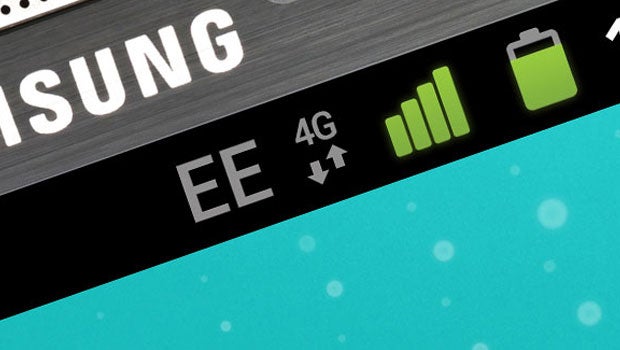
Launched in the UK by EE in 2012, we were soon surfing the web on our phones on the commute in to work. It also helped the iPhone to muscle in on mobile email territory, moving it away from the blinking red lights and physical keyboard of the BlackBerry as 4G made the touchscreen smartphone a viable business tool.
This also allowed for the generation of mobile hotspots and real-time apps such as Google Maps and Uber (more on that below), and paved the way for 5G in the UK.
The iPad
It might feel like it’s been around forever, but the iPad was launched on 27 January 2010. In 10 short years, it has had a seismic effect on how everyone in the world interacts with technology.
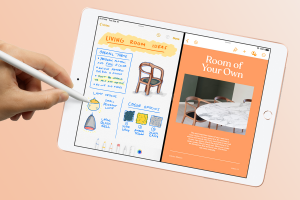
The iPad has come a long way since 2010
The iPhone may sell more units and drive Apple’s revenue sky-high, but the iPad put tablets into lots of homes and classrooms in the Western world. It also stopped the march of buying a new device every year – we bet your dad still has a 2012 iPad.
While most will use an iPad during downtime to watch Netflix or for casual surfing, the iPad Pro is tablet that believes it can replace a laptop. It isn’t for everyone, but it certainly demonstrates that in 2020 you don’t have to own a desktop or laptop. That was unthinkable 10 years ago. Ironically, it’s only Apple that has resisted putting touchscreens on its laptops as rivals struggle to replicate the iPad’s titanic success.
Smart speakers
Siri hinted that people might start talking to their tech, but it was a little online bookstore called Amazon with its 2014 Echo speaker that pushed us into barking commands at black plastic tubes.
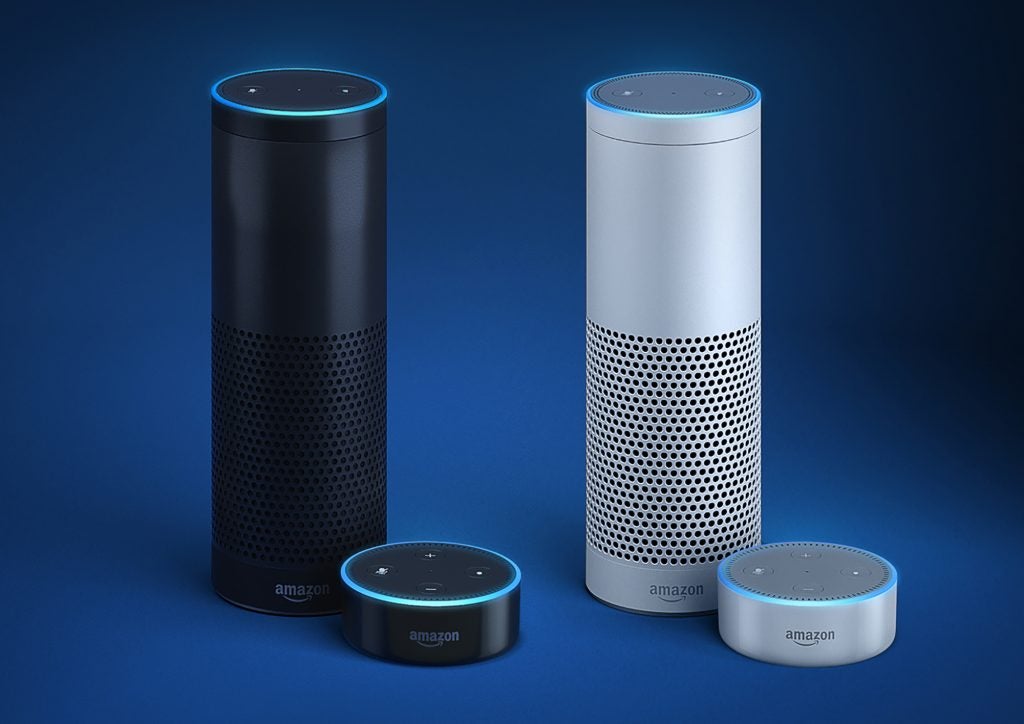
The original Amazon Echo and Echo Dot
Alexa has become a household name, and along with Google Home and, yes, Siri too, it’s become normal to ask a machine to play a song, give a weather forecast or turn off the lights.
But it’s such smart speakers that have triggered suspicion in Big Tech. It took a small, single-use product with a microphone to spark global privacy concerns, when we were already carrying round smartphones with microphones and apps logged into our banks. Surely, the latter had more revealing data on us than it would be possible to retrieve from merely asking Alexa to play the best of the Beatles playlist? Perhaps.
Wireless headphones
Blame Apple. In 2016, the company released the iPhone 7 without a headphone jack and influenced the entire smartphone industry to do the same. Oddly, if you want a headphone jack on your phone in 2020, you’ll have to buy a budget smartphone. Not having a headphone jack is “premium”, apparently.

The Bose QC35s are an iconic pair of wireless headphones
This, again, is down to Apple and products such as AirPods. Bluetooth is still a buggy technology, but we’re used to seeing people with little white sticks hanging out of their ears now, and Bose over-ear headphones are the staple of the aeroplane-bound CEO. Companies have slowly but surely encouraged us to give up wires – and, like lemmings, we fell in line.
Streaming media
From one cord-cutting to another – Netflix launched its streaming service in 2007 (it had been a floundering Blockbuster rival since 1998 before that), but it took until the last decade for us to get fully on board.
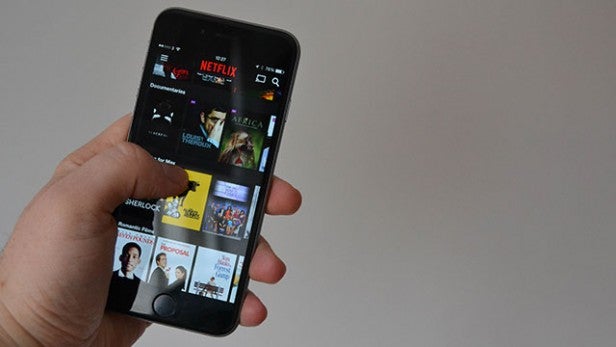
Amazon added Prime Video to Prime memberships in 2014 and didn’t look back, while HBO Go launched in 2010. Today, TV schedules are a thing of the past, with people watching their favourite programmes on demand using BBC iPlayer.
Uber
Officially launched as a mobile app in 2011, Uber helped to popularise the gig economy for workers, and the idea of real-time apps and services for customers. It was pure tech: taking the problem of expensive and unreliable taxis in cities, and placing the ride-hailing power at the consumer’s fingertips.
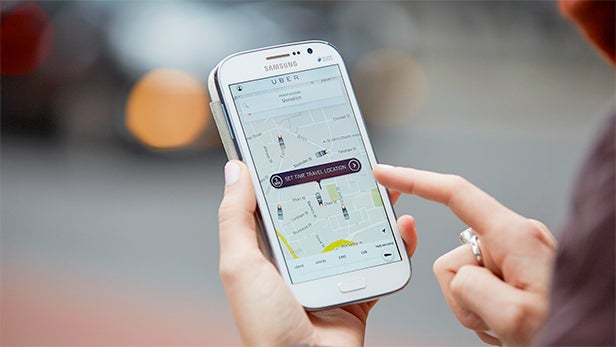
Putting the ethics of disrupting the taxi industry aside, it was a revolutionary idea that’s now a billion-dollar industry. It helped pave the way for rivals such as Lyft and other similar apps such as Airbnb – a company that formed in 2008, but boomed this decade as we all became more comfortable buying, renting and hailing from our smartphones.
Wearables
There’s an argument that wearables weren’t the revolution they initially promised, but ask anyone if they love their Apple Watch and we know what the answer will be.
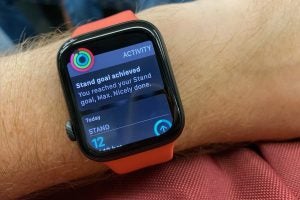
Apple Watch 5
The Apple Watch can have a cellular connection, meaning you could realistically spend a whole day without your phone. Paired with those AirPods of yours, you can make calls, send texts, hail an Uber, pay for lunch and track a lunch run.
Longevity of battery life remains an issue, but considering the evolution of the smartwatch in the last decade, the next decade could be incredibly exciting. Google’s purchase of Fitbit, the fitness tracker company with the household name, shows that the wearable industry is only just getting started, as the trend of the quantified self – and all our personal data with it – looks set to define the next decade of the technology industry.

